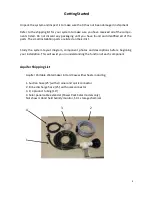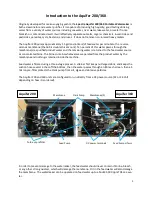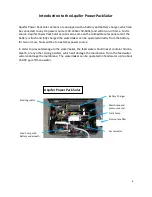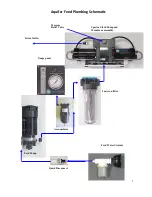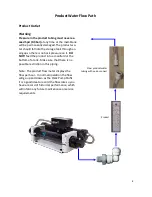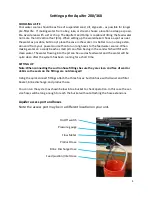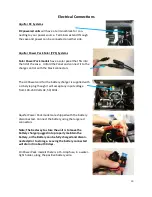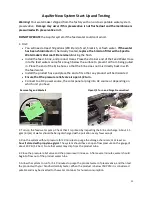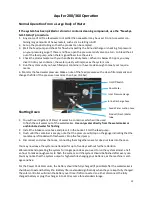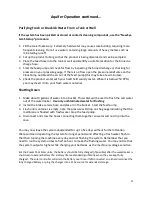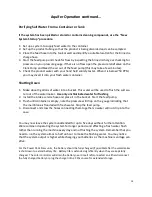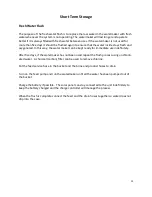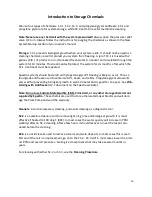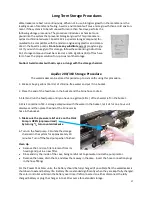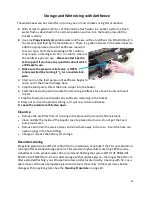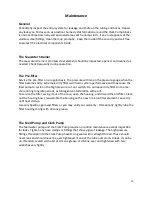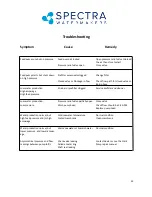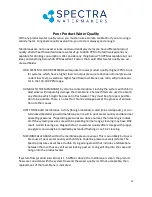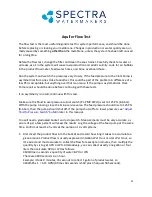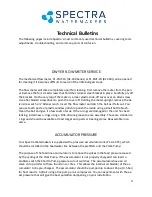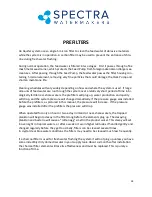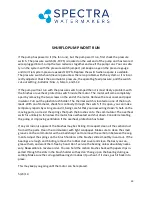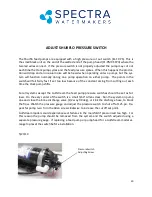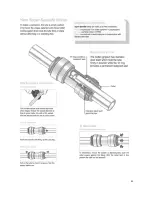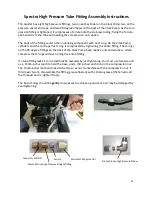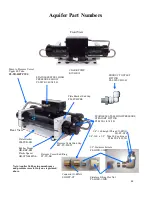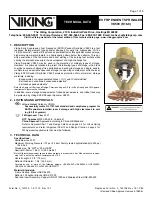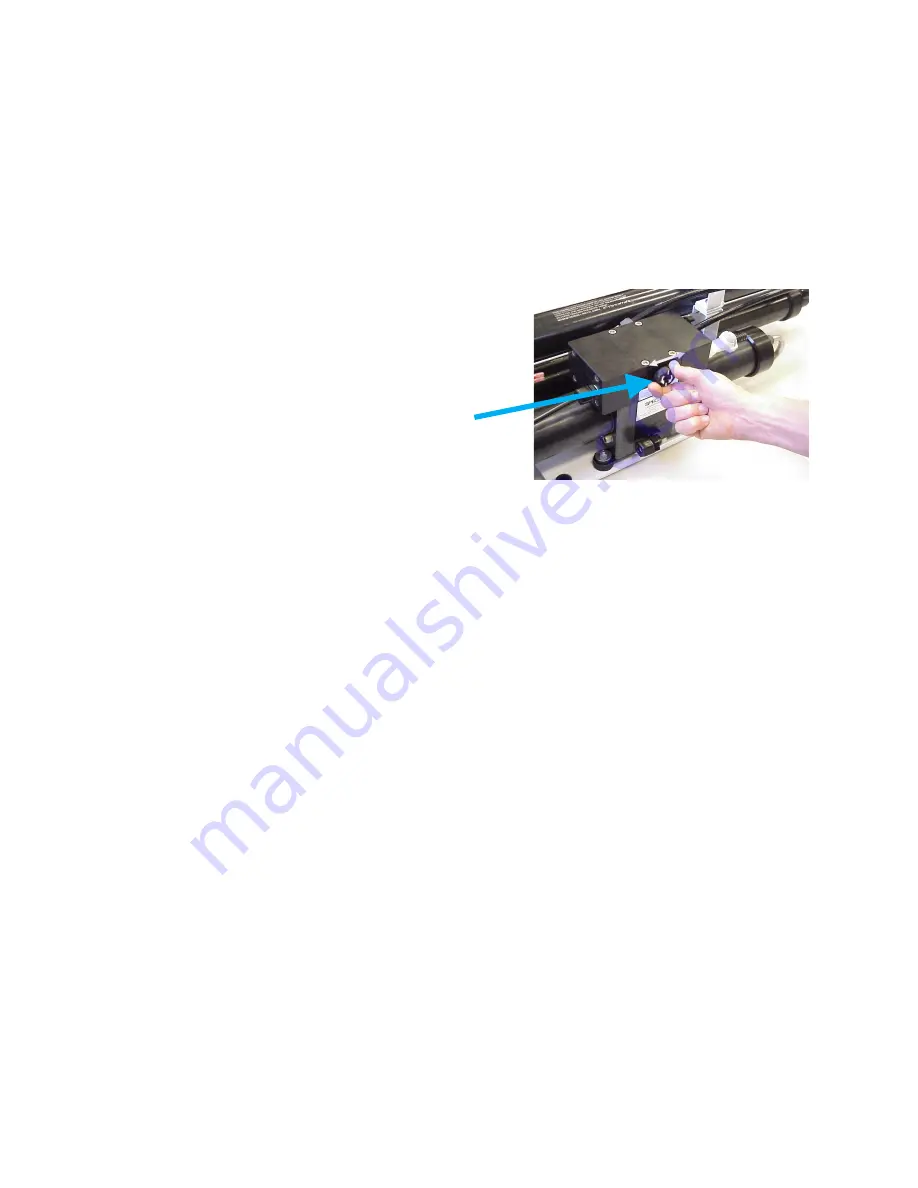
18
Storage and Winterizing with Antifreeze
The watermaker can be stored for up to one year in most climates using this procedure.
1.
With at least 3 gallons (12 ltrs.) of chlorine
-
free fresh water in a bucket, perform a fresh
water flush as described in the normal operation section. Run the feed pump until the
bucket is empty.
2.
Use only
Propylene Glycol
potable water antifreeze without additives (no Ethyl Alcohol) in
the amount specified by the manufacturer. There is a gallon of water in the watermaker so
add the appropriate amount of antifreeze required
for your area. Note that exceeding a 25% solution
may require a cleaning with SC
-
2 in order to clear out
the antifreeze prior to use.
Please contact Spectra
tech support if you have any questions about which
antifreeze to use.
3.
Make sure the pressure relief valve is OPEN
(unpressurized) by turning it
1
/
2
turn counterclock-
wise.
4.
Start and run the feed pump until antifreeze begins to
come out of the brine discharge hose.
5.
Stop the feed pump. Direct the brine output into the bucket.
6.
Start the Feed pump and circulate the remaining antifreeze for a few minutes until well
mixed.
7. Stop the feed pump and discard any antifreeze remaining in the bucket.
8. Blow out or drain the product tubing, as it will not contain antifreeze.
9. Leave the pressure relief valve open.
Clean Up
•
Remove the pre
-
filter from its housing and replace with a clean dry filter element.
•
Clean and dry the inside of the Aquifer case to prevent corrosion. Do not get the Feed
pump motor wet.
•
Remove and drain the service hoses and stow them away in the case. Insert the hose con-
nection plugs in the hose fittings.
•
Charge or remove the battery for storage.
Recommissioning
Propylene glycol can be difficult to flush from a membrane, especially if the PG concentration is
too high after extended storage periods. This results in high salinity water (high PPM) and re-
sidual flavor in the product water. We recommend flushing the system WITH THE PRESSURE
RELIEF VALVE OPEN for 4
-
6 hours after storage with propylene glycol—the longer the better. If,
after extended flushing, you still experience low product water quality, cleaning with SC
-
2 usu-
ally removes all traces of propylene glycol and returns the salinity to the level it was before
storage with propylene glycol. See the
Cleaning Procedure
on page 20.
Summary of Contents for Aquifer AF-200-DC
Page 2: ...2...
Page 31: ...31...
Page 39: ...39 Parts 1...
Page 40: ...40 PL MTS 3 8X1 2B HP CYL SST HP CYL CCA SO HPP ECCB HP CYL EC HP CYL R HP CYL PT Parts...

